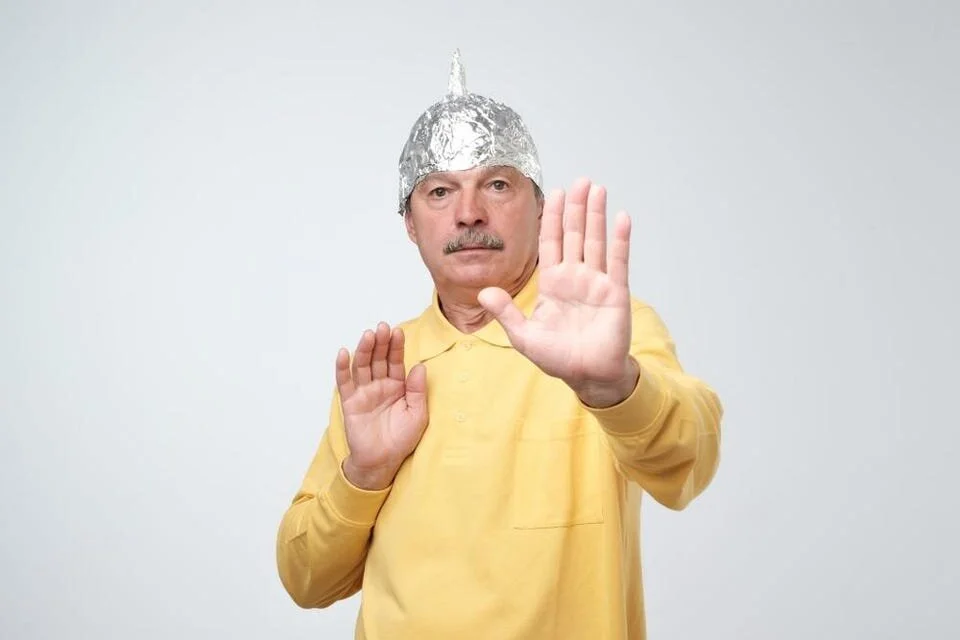Updated October 4, 2021
California
California would need 26 nuclear reactors to completely decarbonize its electric grid with only nuclear power.
Between 2011 and 2020, electricity prices rose seven times more (39 percent) in California than they did in the rest of the country on average (five percent). They will climb as long as California continues investing in renewables and decommissions the state’s last nuclear plant, Diablo Canyon.
From 2011 to 2020, California’s industrial electricity prices grew 42 percent, while the average price in the other 49 states fell six percent.
According to the Public Advocate’s Office of the California Public Utilities Commission, California's electricity prices will increase more than 50% from today’s levels by 2030.
Prices in California rose after closing the San Onofre nuclear power plant despite an abundance of cheap natural gas.
California is often cited as a climate leader. In truth, its energy-related carbon emissions, which are emissions released at the point of consumption in California, increased 4.1 percent between 2011 and 2018, even as they declined 3.5 percent on average in the remaining 49 states.
From 2004 to 2019, California’s carbon emissions from electricity generation, including imported out-of-state sources, fell 33 percent, or from 61 million to 41 million metric tons, outpacing Texas (15 percent) but falling short of Illinois (37 percent) and New York (57 percent).
California’s in-state emissions from electricity generation climbed from 33 to 41 million metric tons between 2011 and 2019.
Diablo Canyon provided 14.6 percent of all the clean energy electricity generated in California in 2020.
California’s share of gas-fired generation immediately rose from 45 percent to 61 percent after the closure of the San Onofre Generating Station (SONGS).
California policy makers plan on closing Diablo Canyon’s reactors in 2024 and 2025, which will spike carbon emissions.
The Natural Resources Defense Council, which is directly invested in solar panel and natural gas companies, has advocated for the closure of Diablo Canyon, despite the evidence that doing so will increase carbon emissions and air pollution.
Yet, even some anti-nuclear advocates in California today acknowledge that emissions are likely to rise if Governor Newsom follows through on his promise to close Diablo Canyon nuclear plant in 2024 and 2025.
The US Attorney and California’s District Attorney have ongoing criminal investigations into how the California Public Utilities Commission initiated and rushed through a settlement proposal that closed SONGS. That settlement resulted in the requirement that ratepayers pay $3.3 billion out of a $4.7 billion settlement.
Climate scientists including James Hansen, along with other concerned scientists, conservationists, and environmentalists urged Jerry Brown, Gavin Newsom, and other California leaders to keep the Diablo Canyon nuclear power plant online and consider the environmental implications if it closes.
In August 2020, millions of Californians were denied electrical power and thus air conditioning during a heatwave, raising the risk of heatstroke and death, particularly among the elderly and sick, because of an over-reliance on renewables and a shunning of natural gas and nuclear. Keeping San Onofre online likely would have prevented the blackouts as it generated roughly the same amount of electricity that California was missing during the heat wave.
Wind plants cannot be counted on during a heat wave since the weather conditions that cause heat waves also reduce wind speeds. The heat wave in August 2020 suppressed wind speeds across the Western states, making the import of electricity from those states difficult.
A report done for PG&E concluded that the utility’s customers could see blackouts double over the next 15 years and quadruple over the next 30.
California’s increasingly perilous electricity grid may put pressure on Governor Newsom to keep Diablo Canyon running.
Because of California’s immense investment in solar, it must turn off solar power plants or pay other states to take its solar power when it generates more than can be used.
Had California spent an estimated $100 billion on nuclear instead of on wind and solar, it would have had enough energy to replace all fossil fuels in its in-state electricity mix.
California policymakers in favor of renewables argue that battery storage can alleviate renewables’ unreliability, but batteries aren’t up to the task. One of the largest lithium battery storage centers in the world is in Escondido, California. It can only store enough power to service 24,000 of California’s 13,000,000 households, and can only do so for four hours.
Governor Newsom is planning to build a large wind energy project in California which will provide less than half of the energy of the Diablo Canyon nuclear plant that Newsom is planning to close in 2024 and 2025, and wind remains unreliable.















